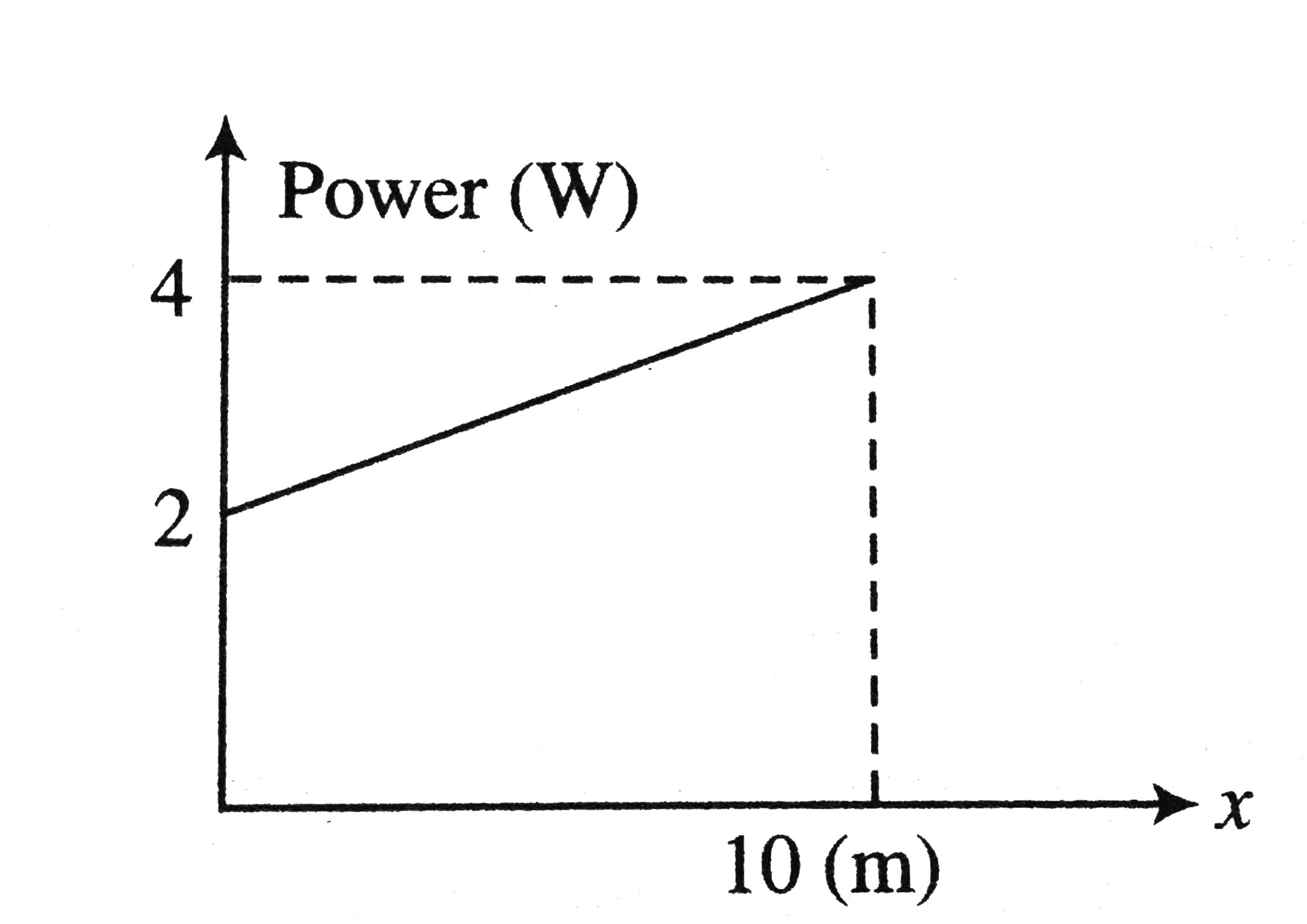Gravitational potential at is decreasing at a rate of along the positive x- direction. It implies that the magnitude of gravitational filed at is also . Is this statement true or false?
True
False
Neither true nor false
None of the above
To determine whether the statement is true or false, we need to analyze the relationship between gravitational potential and gravitational field.
Step 1: Understand the relationship between gravitational potential and gravitational field.
The gravitational field E is related to the gravitational potential V by the equation:
E=−∇V
This means that the gravitational field is the negative gradient of the gravitational potential.
Step 2: Analyze the given information.
We are given that the gravitational potential at x=2m is decreasing at a rate of 10J/kg/m in the positive x-direction. This can be expressed mathematically as:
dVdx=−10J/kg/m
This indicates that the gravitational potential is decreasing, which means that the gravitational field in the x-direction can be calculated as:
Ex=−dVdx=10N/kg
Step 3: Consider the full expression for the gravitational field.
The gravitational field can be expressed in three dimensions as:
E=√E2x+E2y+E2z
From the information provided, we know that Ex=10N/kg. However, we do not have any information about Ey and Ez.
Step 4: Evaluate the implications.
Since we do not have values for Ey and Ez, we cannot definitively conclude that the magnitude of the gravitational field is exactly 10N/kg. It could be greater than 10N/kg if Ey or Ez are non-zero.
Conclusion:
Thus, the statement that the magnitude of the gravitational field at x=2m is also 10N/kg is false because the gravitational field could be greater than 10N/kg depending on the values of Ey and Ez.
The gravitational field E is related to the gravitational potential V by the equation:
E=−∇V
This means that the gravitational field is the negative gradient of the gravitational potential.
We are given that the gravitational potential at x=2m is decreasing at a rate of 10J/kg/m in the positive x-direction. This can be expressed mathematically as:
dVdx=−10J/kg/m
This indicates that the gravitational potential is decreasing, which means that the gravitational field in the x-direction can be calculated as:
Ex=−dVdx=10N/kg
The gravitational field can be expressed in three dimensions as:
E=√E2x+E2y+E2z
From the information provided, we know that Ex=10N/kg. However, we do not have any information about Ey and Ez.
Since we do not have values for Ey and Ez, we cannot definitively conclude that the magnitude of the gravitational field is exactly 10N/kg. It could be greater than 10N/kg if Ey or Ez are non-zero.
Thus, the statement that the magnitude of the gravitational field at x=2m is also 10N/kg is false because the gravitational field could be greater than 10N/kg depending on the values of Ey and Ez.
Topper's Solved these Questions
- GRAVITATIONBOOK - DC PANDEY ENGLISHCHAPTER - GRAVITATIONEXERCISE - Exercise 13.5
6 Videos
- GRAVITATIONBOOK - DC PANDEY ENGLISHCHAPTER - GRAVITATIONEXERCISE - Exercise 13.6
3 Videos
- GRAVITATIONBOOK - DC PANDEY ENGLISHCHAPTER - GRAVITATIONEXERCISE - Exercise 13.3
5 Videos
- GENERAL PHYSICSBOOK - DC PANDEY ENGLISHCHAPTER - GENERAL PHYSICSEXERCISE - INTEGER_TYPE
2 Videos
- KINEMATICSBOOK - DC PANDEY ENGLISHCHAPTER - KINEMATICSEXERCISE - INTEGER_TYPE
10 Videos
Similar Questions
A particle of mass 20g experiences a gravitational force of 4.0N along positive x - direction. Find the gravitational field at that point.
View SolutionThe electric potential decreases uniformly from 100V to 50V as one moves along the x-axis from x=0 to x=5m. The electric field at x=2m must be equal to 10V/m. Is this statement true or false.
View SolutionMoment of a force of magnitude 10 N acting along positive y-direction at point (2m,0,0) about the point (0,1m,0) in N-m is
View SolutionA particle A of mass 10/7kg is moving in the positive direction of x−aξs. At initial position x=0, its velocity is 1ms−1, then its velocity at x=10m is (use the graph given)

View SolutionThe gravitational potential in a region is given by, V=200(X+Y)J/kg. Find the magnitude of the gravitational force on a particle of mass 0.5kg placed at the orgin.
View SolutionA particle A of mass 10/7kg is moving in the positive direction of x-axis. At initial position x=0, its velocity is 1ms−1, then its velocity at x=10m is (use the graph given)

View SolutionMoment of a force of magnitude 20 N acting along positive x-direction at point (3m,0,0) about the point (0,2,0) (in N-m) is
View SolutionThe gravitational potential in a region by V = (20x + 40y)j/kg. Find out the gravitational field (in newton /kg) at a point co-ordinates (2,4). Also find out the magnitude of the gravitational force on a particle of 0.250 kg placed at the point (2,4) .
View SolutionGravitational potential difference between a point on surface of planet and another point 10 m above is 4J/kg. Considering gravitational field to be uniform, how much work is donw in moving a mass of 2kg from the surface to a point 5 m above the surface?
View SolutionThe gravitational potential due to a mass distribution is V=3X2Y+Y3Z. Find the gravitational filed.
View Solution
